We shared the most frequently asked calibration interview questions and answers to prepare for the industrial instrumentation jobs.
Calibration Interview Questions
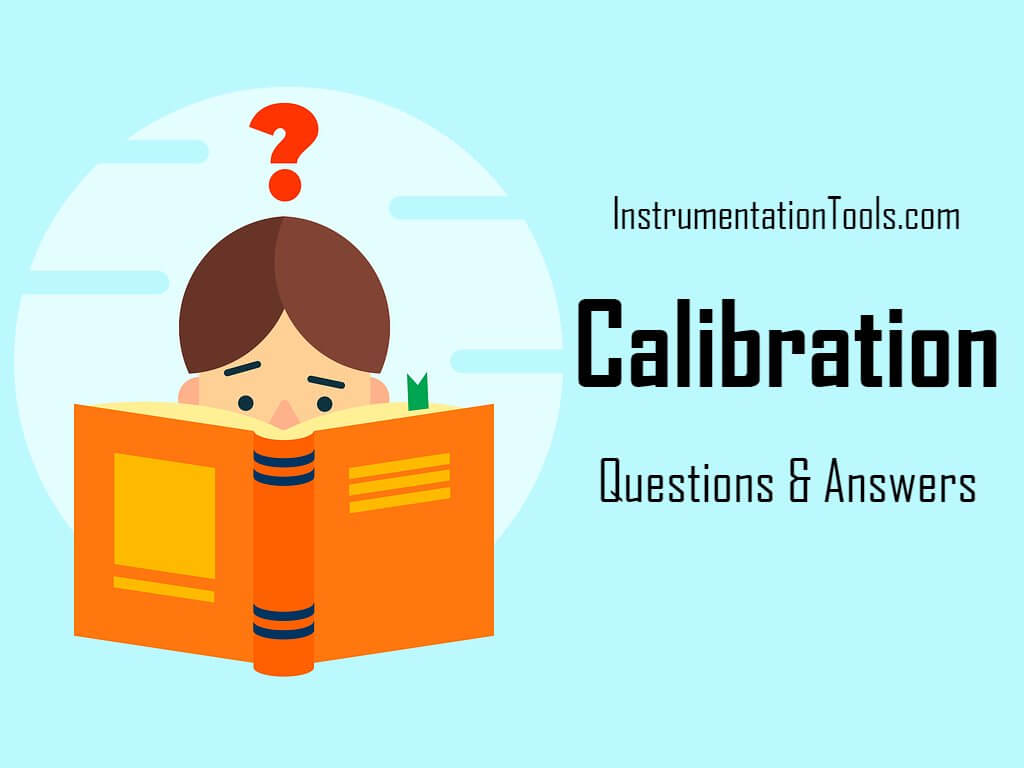
What is Calibration?
Calibration is important wherever measurements are important. It gives you confidence in your instruments and the results that they monitor, record and control. Calibration is the process of comparing a reading on one instrument, with another instrument that has been calibrated and referenced to a known set of parameters. The equipment used as a reference should be directly traceable to equipment that is calibrated to the national standard.
Calibration of your measurement instruments has two objectives. Firstly, it checks the accuracy of the instrument. Secondly, it determines the traceability of the measurement. In practice, calibration also includes repair of the device if it is out of calibration. A report is provided by the calibration expert, which shows the error in measurements with the measuring device before and after the calibration.
Another definition here.
Calibration is a process by means of which deviation of the display value from the actual value is determined and documented for a given measuring instrument, or deviation of the output quantity from the nominal value for a given test instrument.
Measurement is thus performed which allows for a comparison of the device under test to a precise standard which can be traced back to national standards by means of a documented process. The objective of this process is to recognize and document deviations.
If the value displayed by the measuring instrument, or the output quantity of the test instrument, is found to be outside of the allowable tolerance range during the course of calibration, two options are available:
- The instrument is adjusted in order to bring its values back into the allowable tolerance range, and is then recalibrated.
- Adjustment is deliberately omitted because the user wants to document measuring deviation for long-term use of his measuring or test instrument during defined periods of time.
Why Is Calibration Important?
An instrument’s measurement accuracy degrades over time. This is typically caused by wear and tear.
However, changes in accuracy can be caused by both electric and mechanical shocks and the environment the instrument is in. Why is calibration so important? The bottom line is, calibration of an instrument improves the accuracy of the measuring device so the instrument user can have confidence in their results.
What is Adjustment?
Adjustment is a process by means of which an instrument is aligned or balanced such that measuring deviation from the setpoint value is as small as possible, and within the allowable tolerances specified for the instrument. The process of adjustment causes permanent change to the measuring instrument.
What is Traceability?
Traceability describes a process by means of which the measured value indicated by a measuring instrument can be compared to the national standard for the given measured quantity in one or several steps.
Why do we need to Calibrate Instruments?
Regular calibration provides you with:
- Knowledge and evidence of how your instrument measures – now and over time
- Reliability – the confidence that you know your instrument works correctly
According to the International Laboratory Accreditation Cooperation (ILAC), the purpose of calibration is:
- To know the uncertainty that can be achieved with the measuring instrument
- To confirm whether or not there has been any alteration of the measuring instrument that could create doubt about the results
- To improve the estimation of the deviation between a reference value and the value obtained using a measurement instrument, as well as the uncertainty in this deviation, at the time the instrument is actually used
How to check when equipment is calibrated?
Calibration Certificate is always provided with equipment calibrated at calibration laboratories / centers. Each calibrated item is accompanied with a sticker printed with pertinent data such as serial number and calibration date.
The sticker is attached to the equipment when possible. For small items like transducers with insufficient space for stickers, the sticker is attached to the box. If no free space available on the equipment and there is no dedicated box, the sticker is delivered together with the printed certificate.
Why should we calibrate a new instrument that came directly from the factory?
Sometimes it will be a legal requirement and sometimes you will need to chart changes in the instrument over time. In these cases, you will need to track calibration data from the time of the initial purchase.
Is it sufficient to send in instruments for calibration every second year?
It depends on how accurate you want it to be. Do you want to risk months or years of untrustworthy measurement results? This makes it difficult to pinpoint exactly when the faulty measurements first occurred. This is why we strongly recommend annual calibration for all devices.
How often you calibrate your instrument is a balance between risk and cost. The shorter the period between calibrations, the lower the risk of questionable measurements. We consequently recommend annual calibration for instruments.
Equipment used on a daily basis will have a shorter calibration cycle than equipment used, for example, once a month.
When should we re-calibrate the instrument?
We recommend that you begin a calibration history from day one and re-calibrate once a year (or depends on your plant philosophy). This enables you to compare your measurement results over time.
What is the difference between accredited and traceable calibration?
Accredited national and international bodies, such as the ILAC, approve accredited calibration. Traceable calibration is conducted according to these same standards, and ensures that calibration results are correct, but an official governing body does not explicitly approve the results.
Why should we choose accredited calibration? Isn’t traceable calibration enough?
If you or your customers want to publicize the measurement results or fulfil requirements in quality processes, such as ISO certification, you must have accredited calibration. And the certificate can be used as legally acceptable documentation.
Is it sufficient to use a calibrator?
No. A calibrator is used to verify the instrument just before and after a field measurement. This is not a replacement for periodic calibration in a laboratory.
What is required for a calibration laboratory in order to achieve accreditation?
You will need a quality policy that fulfils the requirements of ISO 17025, including physical premises, methodology, procedures, traceability, technical skills, and record documents.
What Does Traceability of Calibration Mean?
To provide confidence in the validity of the calibration results they must be traceable. This means the results on the instrument’s calibration certificate need to be traceable to the standard used, and the results on the certificate for the standard are in turn traceable to the standard used for its calibration.
What is the recommended calibration interval?
In order to continuously perform correct measurements, utilized measuring and test equipment must be monitored and calibrated on a regular basis. The corresponding time period is known as the calibration interval. Users of measuring and test equipment frequently ask how often calibration of this equipment is required.
There is no single correct answer to this question, because calibration always represents an instantaneous snapshot of actual conditions which is dependent upon a variety of factors including the following:
- Measured quantity and allowable tolerance range
- Level of stress to which the equipment is subjected
- Stability of past calibrations
- Required measuring accuracy
- Quality assurance requirements
In the final analysis, this means that the period of time between any two calibrations must be determined and monitored by the user himself.
The recommended calibration interval of 1 to 3 years (may vary depends on the plant). Companies specify a period of 1 year in our factory calibration certificates. Deviations from this rule should be noted by the customer in the purchase order, as well as in the delivery note.
What is the difference between calibration and verification?
A calibration indicates the error of the instrument and compensates for any lack of trueness by applying a correction. A verification indicates that the measurement error is smaller than a so-called maximum permissible error. Users define the maximum permissible error as the largest error that they are prepared to accept.
Is “as found/as left” data necessary?
Measurement data isn’t absolutely required but it is highly recommended for most quality programs. This data enables the user to determine where within its respective tolerance requirements the instrument was found and was returned to the customer.
This is especially important when the unit is found out of tolerance. One of the most important uses of this data is that the user of the Test and Measurement Equipment (T&ME) can evaluate the impact that Out of Tolerance (OOT) readings had on the processes where the respective instrument were used.
Another very important use of this data is to evaluate (Trend) how the respective T&ME is performing and shorten or lengthen the calibration interval of that instrument based on this data.
Read Next:
- As-Found and As-Left data
- RTD Testing Methods
- Instrument Calibration System
- Calibration Standards
- Flowmeters Calibration
- Automatic Calibration
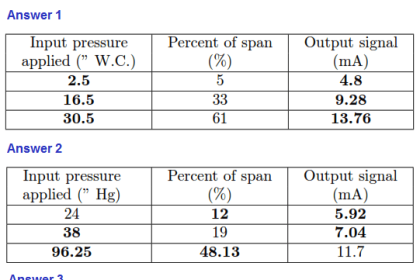

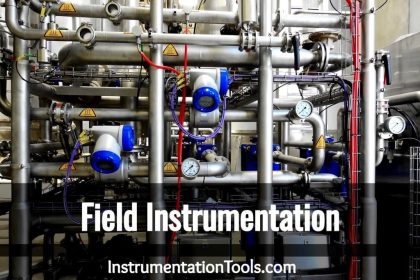

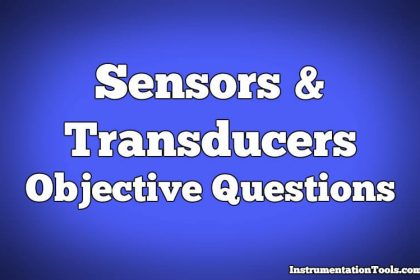
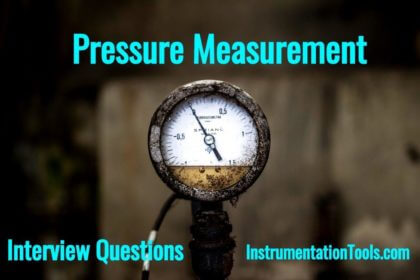
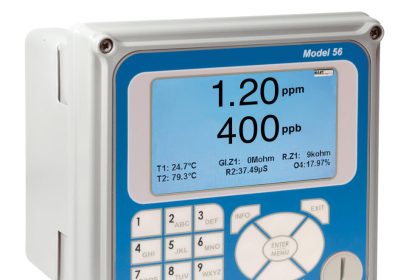
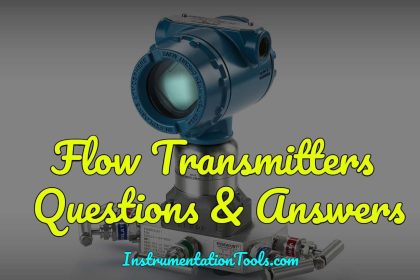
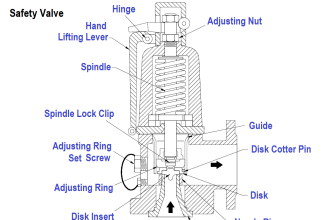
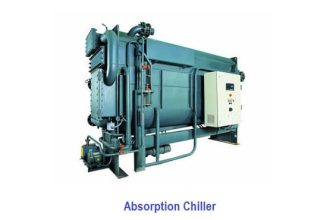
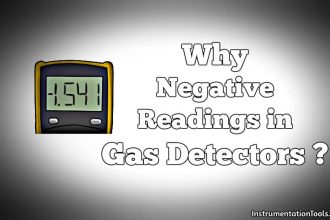
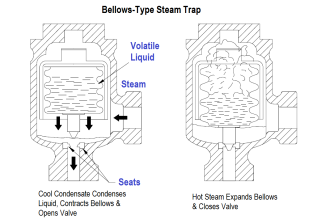
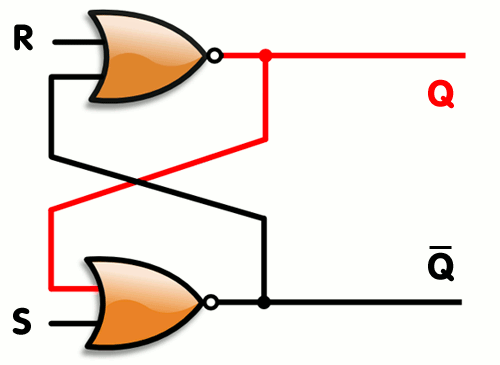

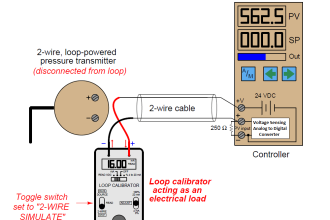

good